ventilation experts - please comment on this idea
carolml
12 years ago
Related Stories
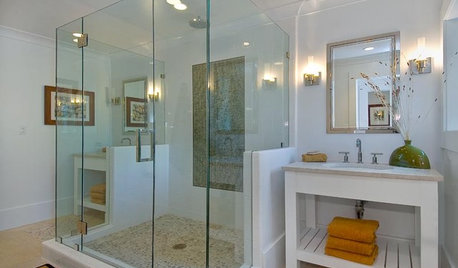
BATHROOM DESIGNExpert Talk: Frameless Showers Get Show of Support
Professional designers explain how frameless shower doors boosted the look or function of 12 bathrooms
Full Story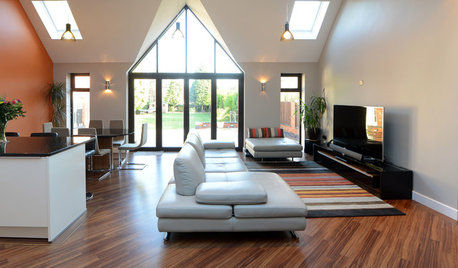
TASTEMAKERSAsk an Expert: What Is the One Design Rule You Live By?
Eight home experts share their top design rules
Full Story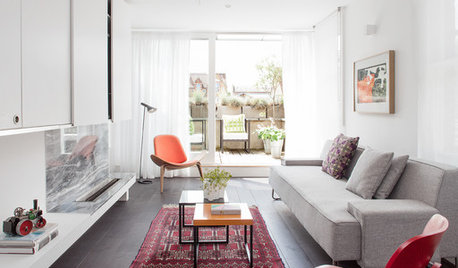
DECORATING GUIDESAsk an Expert: How to Decorate a Long, Narrow Room
Distract attention away from an awkward room shape and create a pleasing design using these pro tips
Full Story
HOME OFFICESQuiet, Please! How to Cut Noise Pollution at Home
Leaf blowers, trucks or noisy neighbors driving you berserk? These sound-reduction strategies can help you hush things up
Full Story
COLORPaint-Picking Help and Secrets From a Color Expert
Advice for wall and trim colors, what to always do before committing and the one paint feature you should completely ignore
Full Story
DECORATING GUIDESAsk an Expert: What to Do With an Awkward Nook
Discover how to decorate and furnish rooms with oddly shaped corners and tricky roof angles
Full Story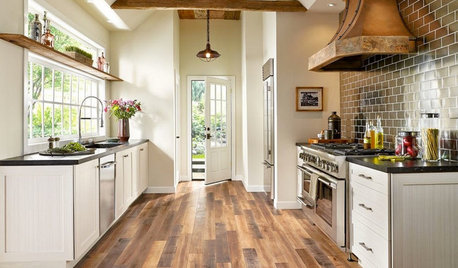
MOST POPULARPros and Cons of 5 Popular Kitchen Flooring Materials
Which kitchen flooring is right for you? An expert gives us the rundown
Full Story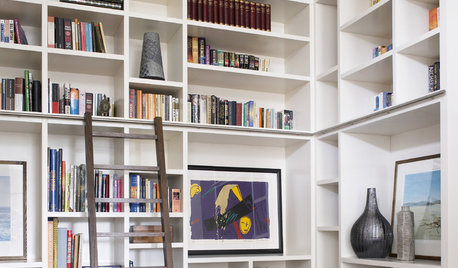
SMALL HOMESAsk an Expert: What Is Your Ultimate Space-Saving Trick?
Houzz professionals share their secrets for getting more from any space, small or large
Full Story
HEALTHY HOMEHow to Childproof Your Home: Expert Advice
Safety strategies, Part 1: Get the lowdown from the pros on which areas of the home need locks, lids, gates and more
Full Story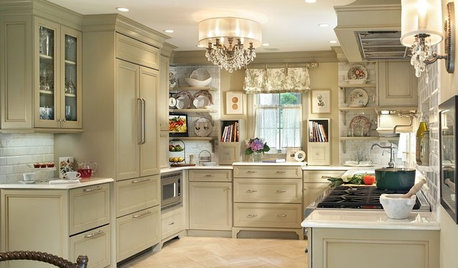
KITCHEN DESIGNExpert Talk: 10 Reasons to Hang a Chandelier in the Kitchen
Unexpected? Sure. Incongruent? Not at all. Professional designers explain why a chandelier can work in kitchens from traditional to modern
Full StoryMore Discussions







kaseki
carolmlOriginal Author
Related Professionals
Northbrook Kitchen & Bathroom Designers · Salmon Creek Kitchen & Bathroom Designers · Auburn Kitchen & Bathroom Remodelers · Blasdell Kitchen & Bathroom Remodelers · Cocoa Beach Kitchen & Bathroom Remodelers · Lincoln Kitchen & Bathroom Remodelers · Toledo Kitchen & Bathroom Remodelers · Tuckahoe Kitchen & Bathroom Remodelers · Upper Saint Clair Kitchen & Bathroom Remodelers · Vancouver Kitchen & Bathroom Remodelers · Mountain Top Kitchen & Bathroom Remodelers · Foster City Cabinets & Cabinetry · Kaneohe Cabinets & Cabinetry · Richardson Cabinets & Cabinetry · Franklin Plumbersbeintruth
beintruth
carolmlOriginal Author
eleena
palimpsest
carolmlOriginal Author
kaseki
attofarad
maire_cate